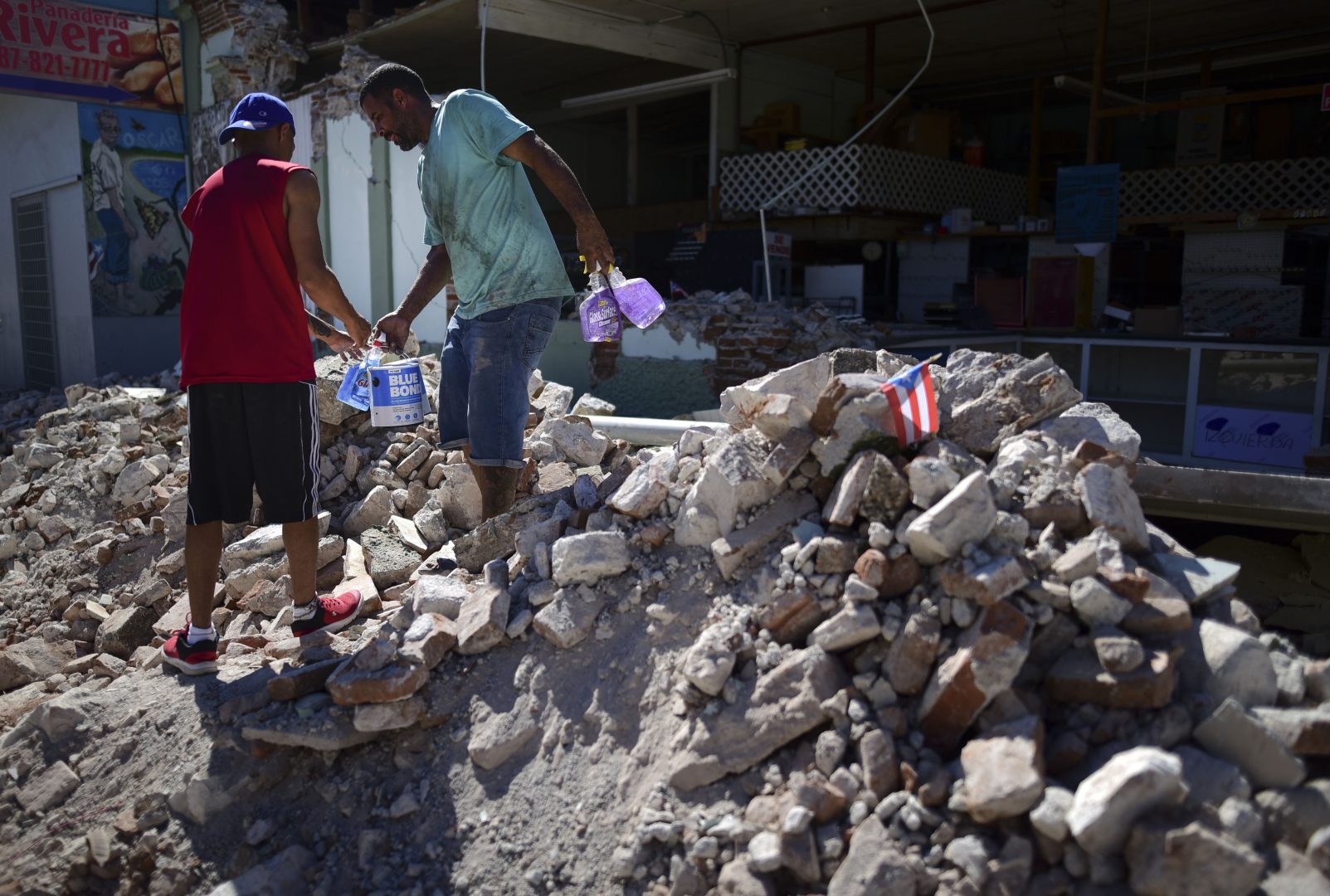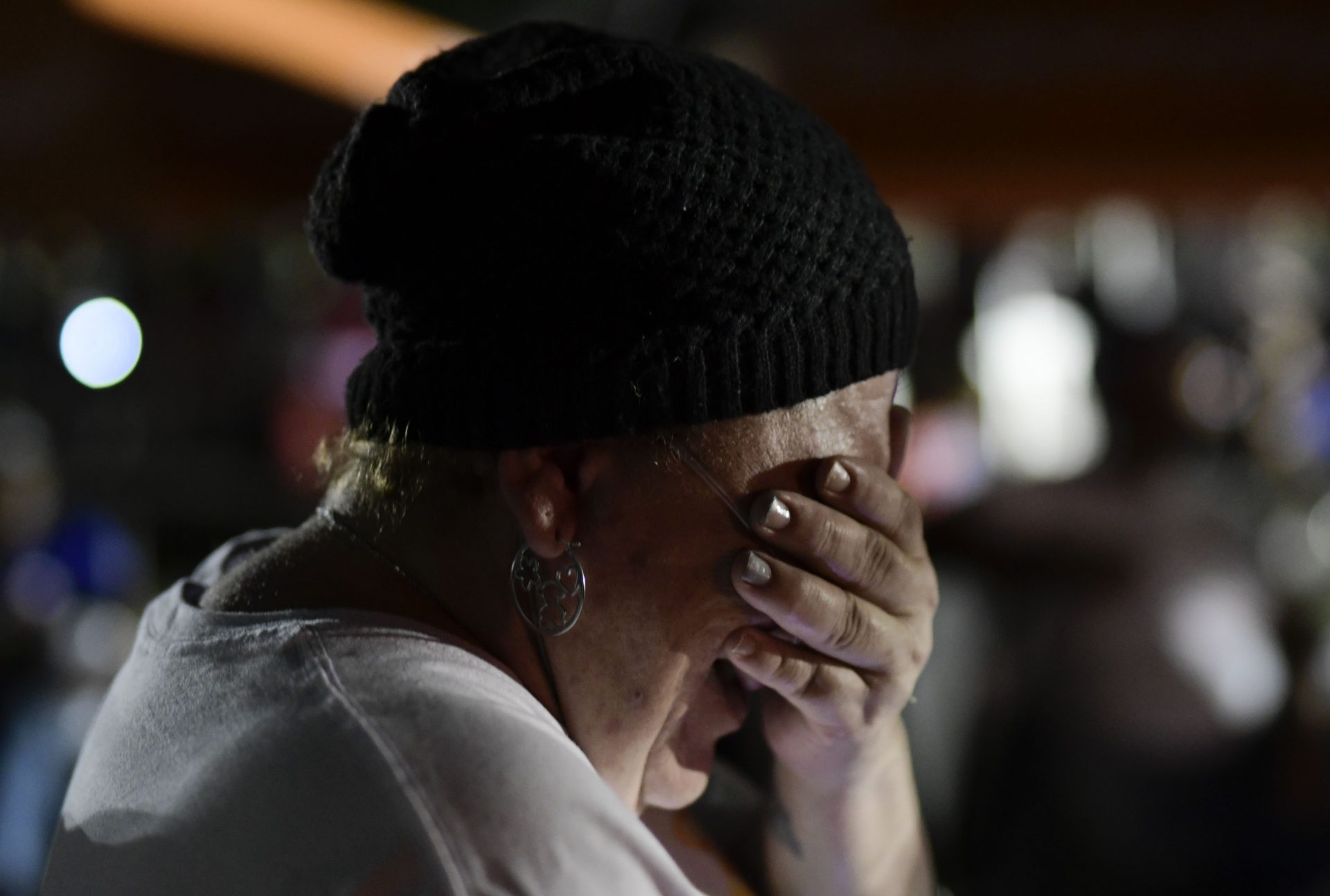At least one person died Tuesday in the city of Ponce, after one of the walls of his home fell on him, according to Puerto Rican officials. At least eight other people were also injured because of the earthquake.
Puerto Rico’s governor, Wanda Vázquez, declared a state of emergency Tuesday morning, activating the National Guard and facilitating the flow of funds to the emergency response. She has also requested a disaster declaration from the White House — a request supported by Puerto Rico’s representative to Congress, Jenniffer González, and Florida’s senators, Rick Scott and Marco Rubio.
“We have not been exposed to this kind of emergency in 102 years,” Vázquez said at a news conference Tuesday, referring to the 1918 earthquake and tsunami that killed scores of people in western Puerto Rico.
A tsunami warning issued shortly after Tuesday’s earthquake was canceled later in the morning.
The unpleasant wake-up call represents just the latest jolt for Puerto Rico, where a 5.8 magnitude temblor hit the same area Monday morning. Residents have now found their lives disrupted and their buildings damaged in a series of earthquakes over roughly the past two weeks.

A U.S. Geological Survey map shows a flurry of earthquakes have hit Puerto Rico’s southwest coast in the past day. Guayanilla, Ponce and other cities are reporting collapsed buildings from the quakes.
USGS
“The past several weeks, we’ve had hundreds of small earthquakes in the same region,” explains John Geiger, a geophysicist with the USGS. “It began on Dec. 28, when we had a 4.7 magnitude [earthquake] there. Since the 4.7, we’ve had over 400 magnitude 2+ earthquakes.”
As common as the quakes have been recently, the strength of Tuesday’s temblor and its aftershocks — which reached a magnitude of 6.0 — nevertheless represented a shock to the residents who felt it.
“The past several weeks, we’ve had hundreds of small earthquakes in the same region,” explains John Geiger, a geophysicist with the USGS. “It began on Dec. 28, when we had a 4.7 magnitude [earthquake] there. Since the 4.7, we’ve had over 400 magnitude 2+ earthquakes.”
As common as the quakes have been recently, the strength of Tuesday’s temblor and its aftershocks — which reached a magnitude of 6.0 — nevertheless represented a shock to the residents who felt it.
“I’ve never been so scared in my life,” one resident of Ponce, Nelson Rivera, told The Associated Press after fleeing his home near the epicenter of the quake. “I didn’t think we would get out. I said: ‘We’ll be buried here.’ ”
Tuesday’s earthquake comes just a day after a major earthquake toppled a local landmark, a natural rock archway along the coast known as Punta Ventana. The tourist attraction collapsed into the Caribbean Sea amid the tremors, though no serious injuries were reported in that incident.





